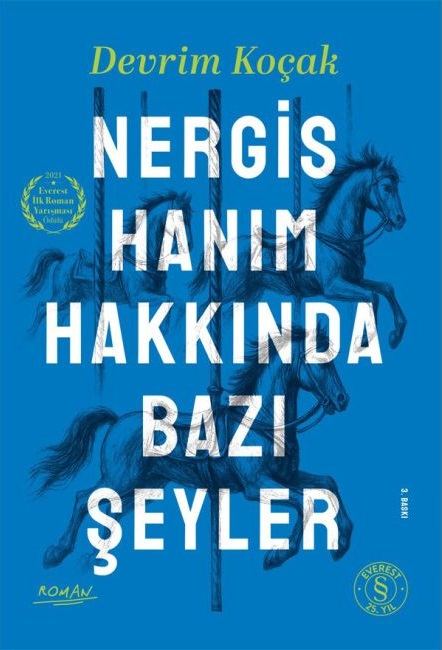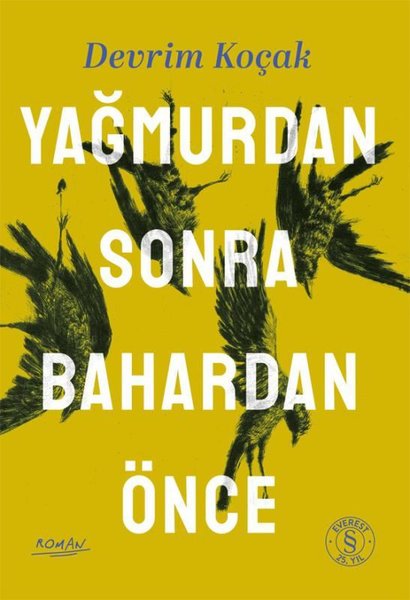How does the protagonist’s self-starvation in Kafka’s The Hunger Artist address the relationship between art and society?
The protagonist’s act of self-starvation in Kafka’s The Hunger Artist reveals the tragic relationship between art and society through an absurd metaphor. This performance is not merely a physical ordeal, but a profound critique of art’s search for meaning, the audience’s indifference, and the transformation of aesthetics into an object of consumption. Here are the striking dimensions of this relationship:
- The Meaninglessness of Art: “The Audience Does Not Understand Hunger”
The Obsession with Numerical Records: Society limits the artist’s hunger to a concrete period of 40 days. Yet, for the artist, hunger is a quest that extends into eternity. Here, Kafka satirizes the commodification of art: The audience is obsessed with “how long” the performance lasts, not “why.”
The Ironic Placement of the Panther: The placement of a live panther in a cage after the artist’s death demonstrates society’s preference for “animal energy” over “art.” The artist’s body is reduced to a circus attraction.
- The Artist’s Loneliness: “An Unconfessed Crime”
“Disliking No Food”: The starving artist cannot accept “any meaning the world offers” (the metaphor of food). This is an allegory of the modern artist’s intransigence with society. Similar to the meaningless waiting in Beckett’s Waiting for Godot, hunger is a form of ontological resistance.
The Audience’s “Bad Faith”: The audience accuses his hunger of fraud. This is a metaphor for the social skepticism of art’s truth. It refers to Kafka’s own experience as a writer: “The reader doesn’t understand half of what I write.”
- The Violence of Aesthetics: “Hunger is Art Itself”
The Transformation of the Body into Art: The artist transforms his own decaying body into an object of art. This is reminiscent of Francis Bacon’s distorted figures: Pain is the raw material of aesthetics.
The Performance of Silence: The hunger artist doesn’t speak; he “writes” with his body. Like Kafka’s literature: The unspoken is more powerful than the spoken.
- Society’s Consumerism: “Art is Dead, Long Live Entertainment!”
Fairs and Fairs: The hunger artist is exhibited in the same space as clowns and animals. Art has become a product of the entertainment industry. This aligns with Adorno’s critique of the “culture industry”: Everything must be consumable.
Oblivion: When he dies, something more “interesting” (a panther) replaces him. Society doesn’t even notice the death of art.
Kafka’s Art Manifesto
The Hunger Artist summarizes the tragic paradox of art:
The artist can only become “real” by destroying himself (hunger is a kind of auto-daemon).
Society, however, transforms this destruction into a spectacle.
Kafka whispers to us:
“Art is starvation—but no one believes it’s art.”
This story rings true even in today’s influencer age:
The artist who consumes himself for “likes,”
The viewer who fails to hear the scream behind what he watches as “content.”
Kafka’s artist, dying in a cage, reveals the cage of us all.


